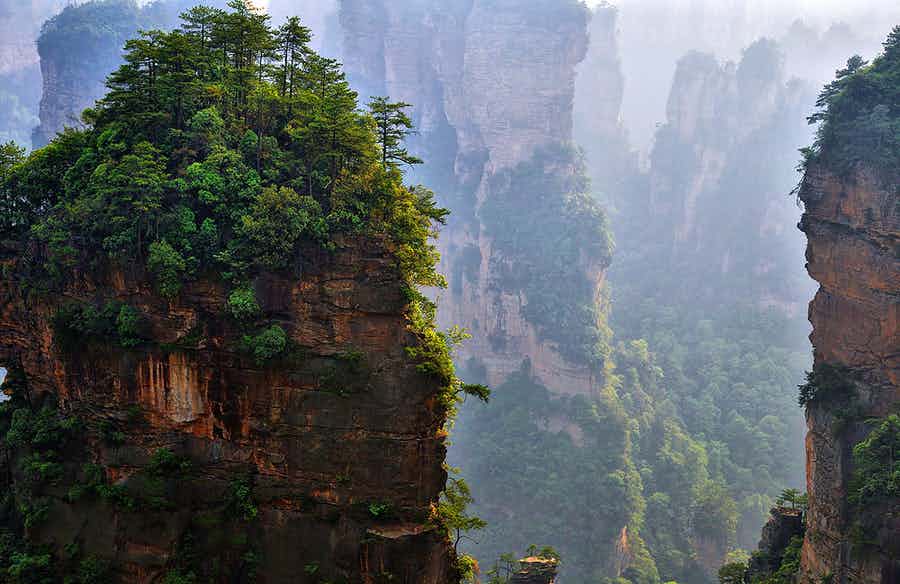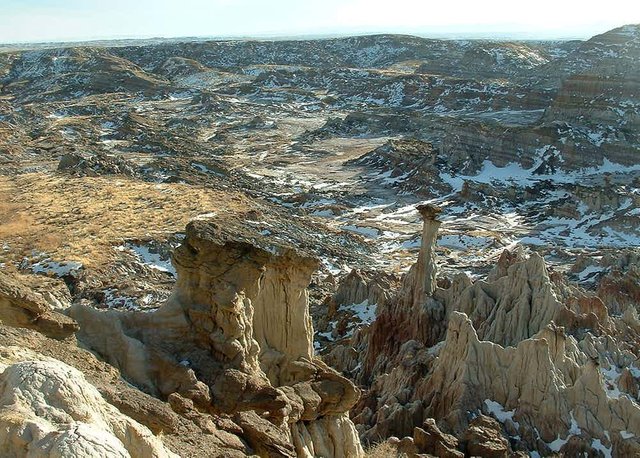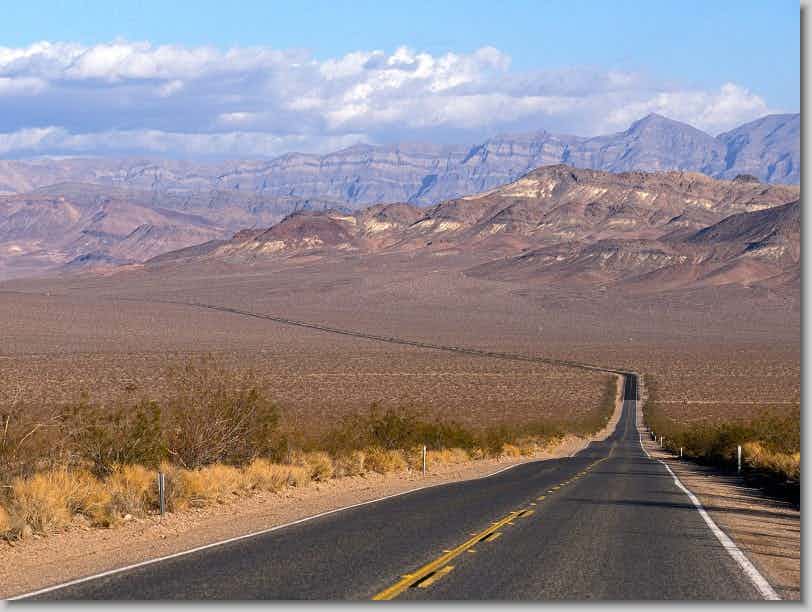5 Sci-Fi Locations You Can Actually Travel To
We saw many sci-fi movies all over the year and i personally enjoy it very much. Some Times i feel if i can go their and personally saw it on my eyes that will be a dream. Now i will take you guys with me to the real world of sci-fi world. Lets go and see the real sci-fi location where we can actually travel to.
- Avatar/Location: Keahua Arboretum, Hawaii

Not every frame of James Cameron’s 2009 sci-fi juggernaut, Avatar, was computer generated and enhanced with cutting-edge stereoscopic 3D technology. The giant, dreadlocked, blue-skinned Na’vi live on a serene rainforest world called Pandora, and in order to capture the planet’s lush natural beauty, Cameron shot the live action sequences of Avatar in the Keahua Arboretum in Hawaii. The area is known for its unique and abundant flora and fauna, including monkeypod, mango and eucalyptus trees, as well as numerous streams and freshwater pools. The Kuilau Ridge Trail and Powerline Trail are peaceful hiking destinations, and the Arboretum has a breathtaking view of neighboring Mount Waialeale.
- Starship Troopers/Location: Hell’s Half Acre, Wyoming

Written by Edward Neumeier and directed by Paul Verhoeven (RoboCop), Starship Troopers is a 1997 military science fiction film that follows the exploits of a soldier named Johnny Rico as he leads mankind on an interstellar war against an insectoid species known as Arachnids. According to Verhoeven the film’s message is “war makes fascists of us all,” and the director’s use of irony, hyperbole, and visual allusions to classic propaganda films like Triumph of the Will and Why We Fight underscore the message.
Klendathu is the fictional home planet of “the bugs.” The battle scenes that take place on the planet were shot at Hells Half Acre, Wyoming, which is located outside of Casper, the state’s second largest city. Hell’s Half Acre is a 40-mile escarpment comprised of deep ravines, caves, cliffs, and rock formations created by erosion and layered sediment. Also known as “The Devil’s Kitchen” and “The Pits of Hades,” the strange geological landform is the perfect stand-in for an alien planet.
- The Terminator/Location: Griffith Observatory, Los Angeles

The Terminator took the tech-noir savvy of Blade Runner and filtered it through a grimy, cyberpunk lens. The film launched the career of director James Cameron, turned Arnold Schwarzenegger’s droll one-liners into a pop culture phenomena, and gave birth to a popular and lucrative sci-fi franchise. The 1984 film opens with a shot of a dump truck at the Griffith Observatory in Los Angeles; suddenly, the future Governor of California appears. Naked and muscular, he walks across the front lawn of the Observatory –a cyborg assassin sent back in time from the year 2029 to kill Sarah Connor (Linda Hamilton).
The Griffith Observatory is located near Hollywood. The art deco style building was built in the 1930s and is a popular tourist attraction where people can learn about astronomy; however, the site also offers breathtaking views of the LA skyline. The Terminator was filmed in Los Angeles on a shoestring budget of $6.4 million, and it seems only fitting that James Cameron would open the movie with a shot of a building devoted to science, technology, and the exploration of the universe.
- Planet of the Apes (1968)/Location: Lake Powell, Utah
%20Location.jpg)
“You maniacs! You blew it up! Ah, damn you! God damn you all to hell!” Written by Rod Serling, who’s best known for the TV anthology series, The Twilight Zone, the original Planet of the Apes has one of the most stylized twist endings in sci-fi movie history. The story begins when a spaceship carrying four astronauts crashes in a lake on an unknown planet in the distant future. The opening crash scene, which shows the tail end of a spaceship being submerged in water, was filmed at Lake Powell in Utah.
Lake Powell is a manmade reservoir on the Colorado River, and the second largest in the United States behind Lake Mead. The lake’s main body stretches along Glen Canyon, but there are as many as 90 side canyons in the area, as well as geographic points of interest like Rainbow Bridge National Monument and the Cathedral in the Desert. Lake Powell is a popular vacation destination. Nearly two million people visit it every year, but so far, unlike astronaut George Taylor (Charlton Heston) and his crew, nobody has discovered a society in which apes have evolved and assumed the role of the dominant species. Scenes from Gravity and John Carter were also filmed at Lake Powell.
- Star Wars/Location: Death Valley National Park, California

Tatooine isn’t really a desert planet in a binary star system in a galaxy far, far away. George Lucas shot some of the Tatooine scenes for 1977’s Star Wars in the deserts of Tunisia in North Africa. He then interspersed the shots with additional footage from Death Valley, California. Death Valley is a lot closer to Hollywood than Tunisia, so it was less demanding for the film crew and actors.
Lucas shot the Death Valley scenes at the Mesquite Flat Dunes, which is the best-known and easiest area to get to in the park. The highest dune at Mesquite only reaches 100 feet, but the area’s vast dune field consists of three unique types of dunes: crescent, linear, and star-shaped, all of which have an otherworldly allure. The birthplace of Luke Skywalker, ruled by Jabba the Hut until the Battle of Carkoon, and the home of Chalmun’s Catina, the galaxy’s rough and tumble, multicultural (multispecies) bar, Lucas transformed Death Valley into one of the most iconic planets in the Star Wars universe.